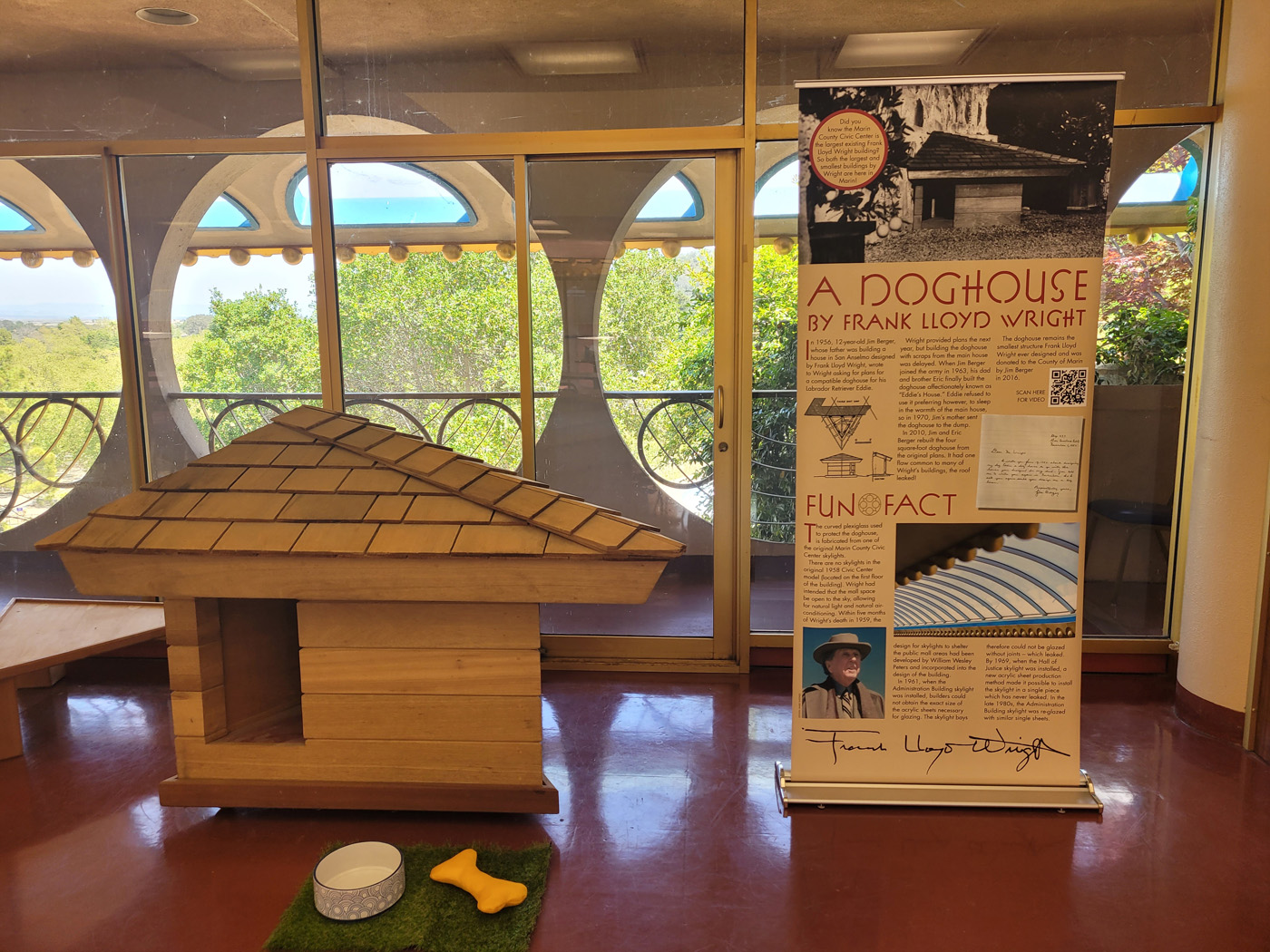Prophecies are really about now. In science fiction it’s always about now. What else could it be about? There is no future. There are many possibilities, but we do not know which one we are going to have.
There is no need to explain why Margaret Atwood’s The Handmaid’s Tale has gone from reading like a warning of the near-future to an allegory of the present after the U.S. Supreme Court’s ruling in Dobbs v. Jackson Women’s Health Organization. Atwood’s story revolves around the fictional Republic of Gilead, which takes over the U.S. after a fertility crisis decimates the population. Overnight, the fundamentalist Christian theocracy divides women into two broad classes – Handmaids: chattel who perform the labor of forced birth through forced conception; and the infertile who prop up the patriarchal ruling class as wives, overseers, or slave labor in the polluted “colonies.”
It’s a bleak tale, a story far less about heroism than the TV series based on the book would have viewers–who haven’t read it–believe. (The 5th season, slated for this July, seems to have been delayed until September without explanation.) Why should we read The Handmaid’s Tale? Because it is not only a work of dystopian futurism, but also a narrativized account of what has already happened to women around the world throughout history to the present. The novel is a prism through which to view the ways women have been oppressed through reproductive slavery without the sci-fi scenario of a precipitous loss of human fertility.
As Atwood has explained, “when I wrote The Handmaid’s Tale, nothing went into it that had not happened in real life somewhere at some time.” Some of the worst offenses were not well-known. “Female genital mutilation was taking place,” says Atwood, “but if I had put it in 1985 [when the novel was written] probably people wouldn’t have known what I was talking about. They do now.” But we can still choose to overlook the information. “Ignoring isn’t the same as ignorance,” Atwood says in the novel, “you have to work at it.” The quote opens the 2018 TED-Ed lesson by Naomi Mercer above on Atwood’s book, walking us through its sources in history.
The Handmaid’s Tale, the lesson points out, is an example of “Speculative Fiction,” a form of writing concerned with “possible futures.” This theme unites both utopian and dystopian novels. Atwood’s books trade in the latter, but any reader of the genre will tell you how quickly a more perfect fictional union becomes a nightmare. The Canadian writer has offered this literary inevitability as an explanation for the multiple crises of American democracy:
The real reason people expect so much of America in modern times is that it set out to be a utopia. That didn’t last very long. Nathaniel Hawthorne nailed it when he said the first thing they did when they got to America was build a scaffold and a prison.
What Atwood doesn’t mention, as many critics have pointed out, are the slave pens and auction houses, or the fact that Gilead closely resembles the slave-holding American South in its theocratic patriarchal Christian hierarchy and ultimate control of women’s bodies. And yet, the novel completely sidesteps race by having the Republic of Gilead ship all of the country’s Black people to the Midwest (presumably for forced labor). They are never heard from again by the reader.
This tactic has seemed irresponsible to many critics, as has the show’s sidestepping through colorblind casting, and the wearing of red cloaks and white bonnets in imitation of the book and show as a means of protest. “When we rely too heavily on ‘The Handmaid’s Tale,’ which ignores the presence of race and racism,” says activist Alicia Sanchez Gill, “it really dehumanizes and dismisses our collective experiences of reproductive trauma.” Atwood’s “possible future” pillages slavery’s past and conveniently gets rid of its descendants.
The trauma Gill references includes rape and forced birth, as well as the forced sterilizations of the eugenics movement, carried out with the imprimatur of the Supreme Court (and continuing in recent cases). Kelli Midgley, who founded Handmaids Army DC, offers one explanation for using The Handmaid’s Tale as a protest symbol. Though she agrees to leave the costumes at home if asked by organizers, she says “we are trying to reach a broader audience for people who need this message. We don’t need to tell Black women that their rights are endangered. They always have been.”
Maybe a new message after Dobbs v. Jackson Women’s Health Organization is that an assault on anyone’s rights threatens everyone. Or as Atwood wrote in a Canadian Globe and Mail op-ed in 2018, “depriving women of contraceptive information, reproductive rights, a living wage, and prenatal and maternal care – as some states in the US want to do – is practically a death sentence, and is a contravention of basic human rights. But Gilead, being totalitarian, does not respect universal human rights.”
Related Content:
Pretty Much Pop #10 Examines Margaret Atwood’s Nightmare Vision: The Handmaid’s Tale
Hear Margaret Atwood’s Story “Stone Mattress,” Read by Author A. M. Homes
Josh Jones is a writer and musician based in Durham, NC. Follow him at @jdmagness




